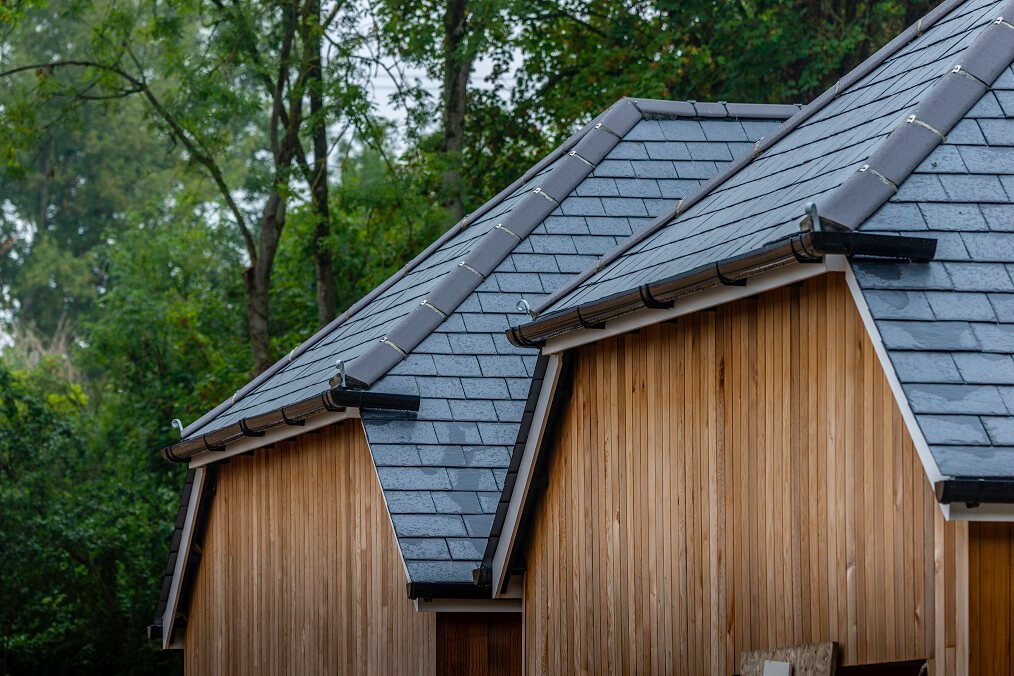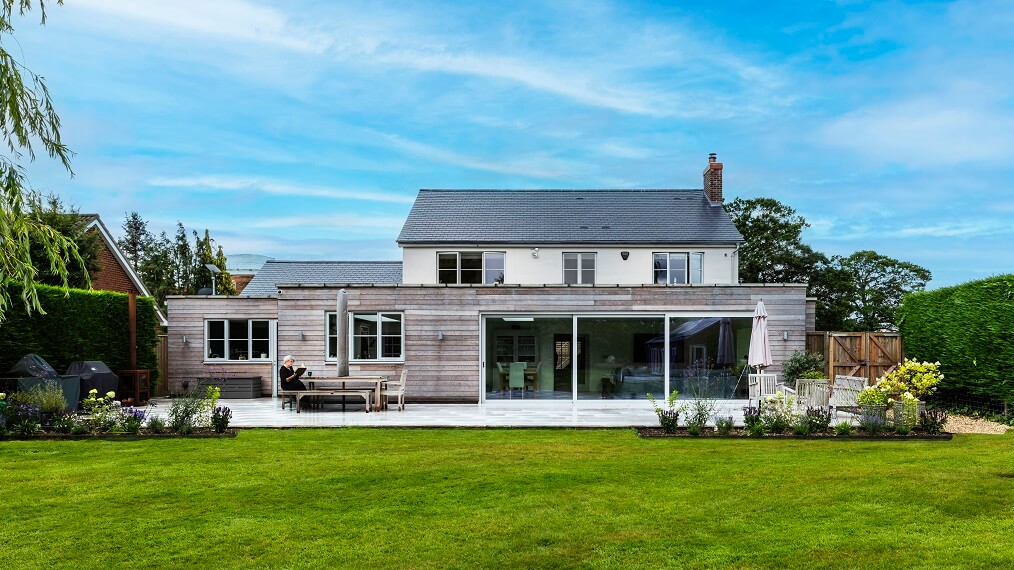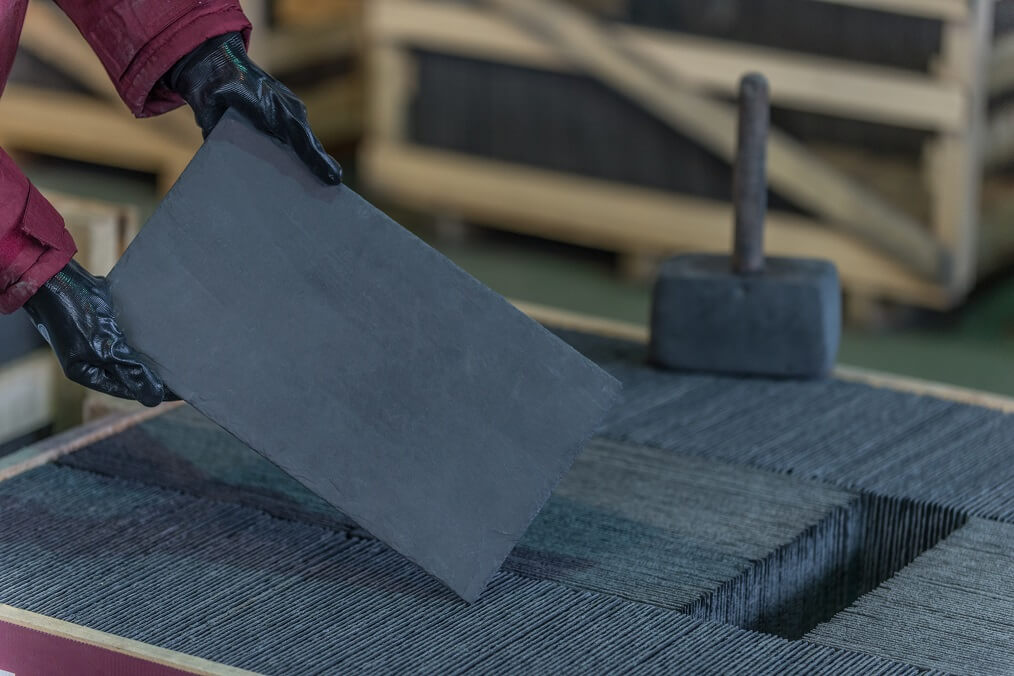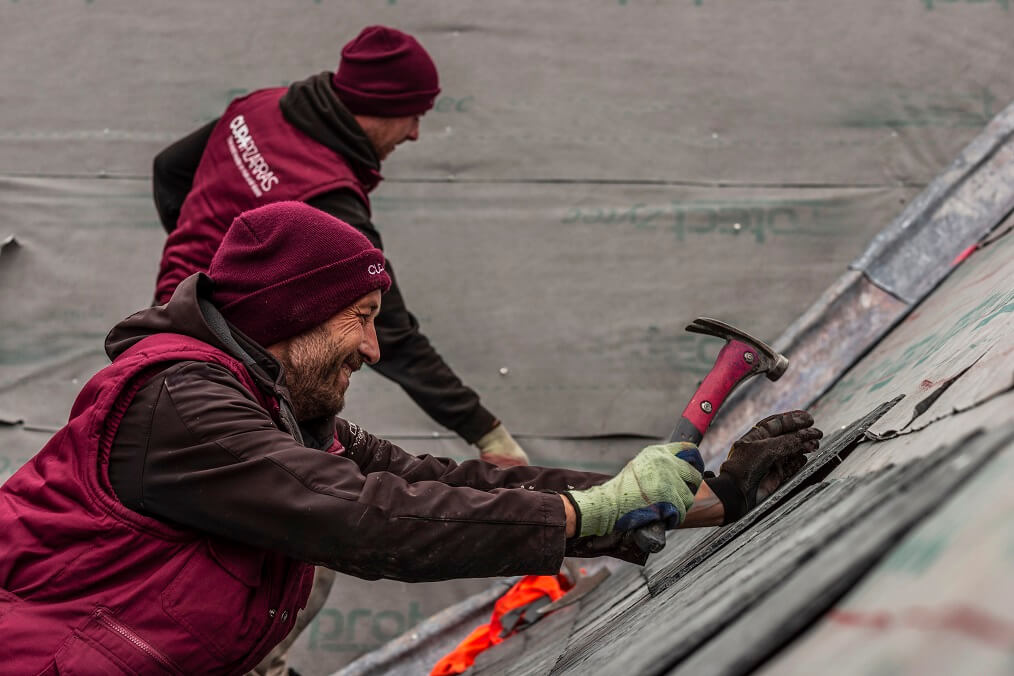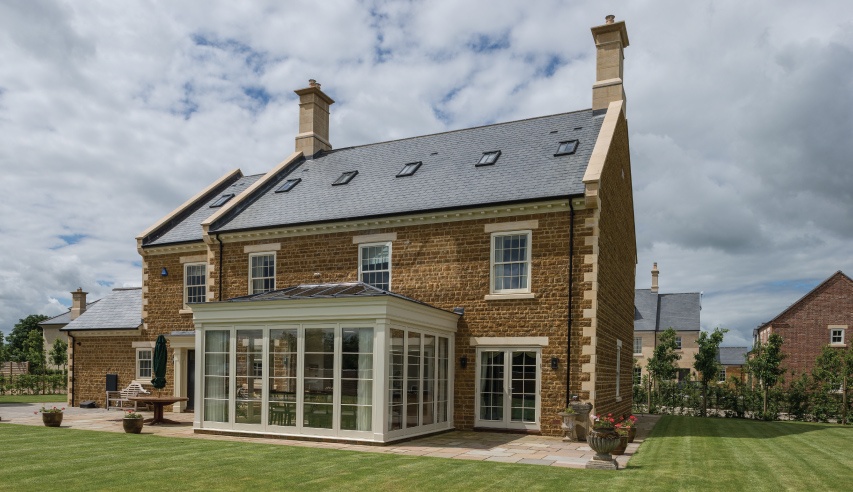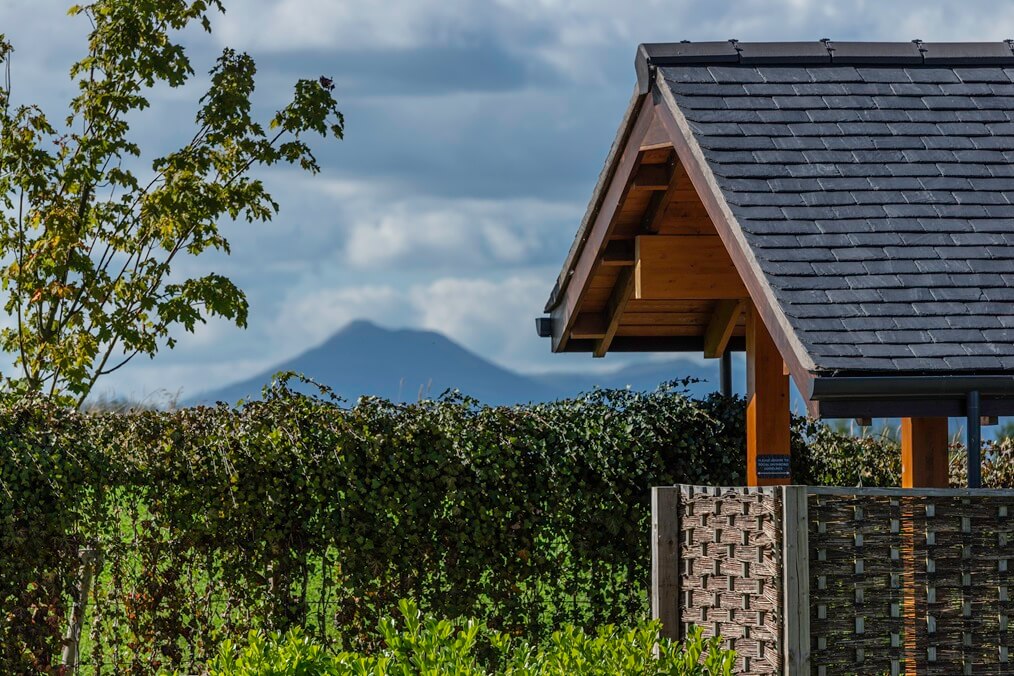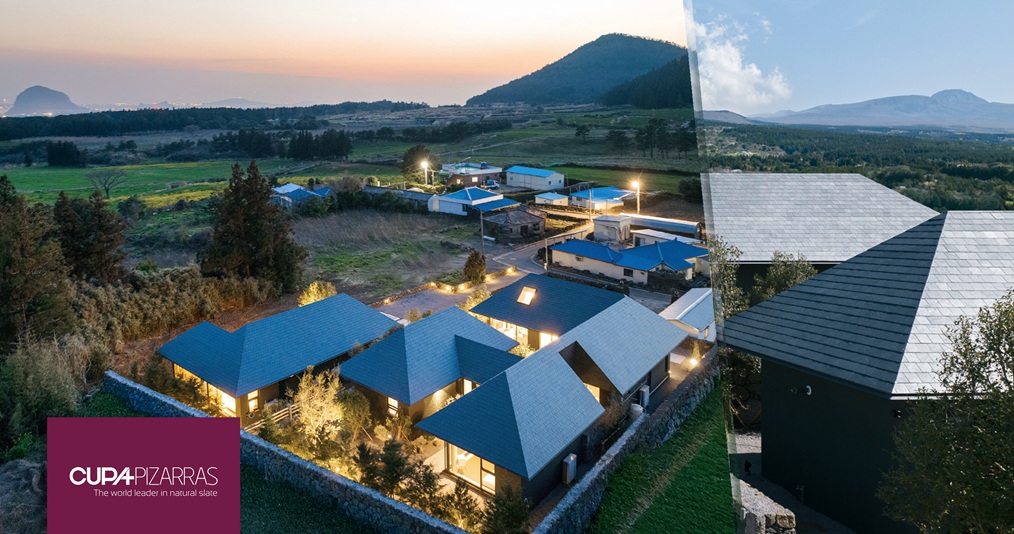The importance of BS 5534 for quality roofing
Natural slate is an ideal choice for roofing and offers a wealth of benefits like durability, aesthetics and sustainability. But these benefits are only possible if installed competently, and to the correct standards. Whether you’re a roofing professional, a designer or a homeowner interested in your roofing project, BS 5534: Code of practice for slating and tiling is the main standard you need to understand.
What is BS 5534?
When it comes to roofing, BS 5534 is the cornerstone of quality. The standard sets the benchmark for the performance of roof coverings, detailing the requirements for materials and the installation of slate, tiles, and shingles, as well as all aspects of pitched roofing. This standard ensures roofs are durable, weather-resistant, and structurally sound, providing guidance that roofing professionals must follow. It applies to new roofs, reroofing projects, and repairs on existing buildings.
While following BS 5534 is not legally required, it demonstrates that the installation meets current building regulations. Warranty providers and competency schemes expect roofers to work to this standard. Major manufacturers such as CUPA PIZARRAS also ensure that installation guides align with BS 5534.
What are the key details of BS 5534?
Understanding the key components of BS 5334 is crucial for ensuring a roof’s durability, and compliance. The following are essential elements that make up this important standard.
- Material Specification: BS 5534 specifies the types and quality of materials that should be used in roofing. This includes guidelines for slate, tiles, underlays, battens and fixings. For instance, the natural slate must meet particular thickness and durability criteria, ensuring it provides long-lasting protection.
- Wind load calculations: The code of practice includes detailed methods of calculating wind loads, ensuring that roofs are designed to withstand the specific wind conditions they will face. This is particularly important in coastal and high-altitude areas where wind speeds can be significantly higher.
- Fixings and battens: Requirements are specified for fixings, including nails and screws. These ensure fixings can withstand the forces acting on the roof, such as wind uplift, as well as the quality and treatment of battens.
- Underlays: BS 5534 establishes standards for the performance of underlays, how to achieve the necessary durability and breathability to prevent moisture build-up and ensure a dry, insulated roof.
- Installation Guidelines: Proper installation is crucial for a roof’s longevity. BS 5534 provides comprehensive guidelines on how slates and tiles should be laid, how to achieve the correct overlap, and how to position fixings. This helps prevent common issues like slippage, leaks, and wind damage.
Significant updates to the standard
Since its initial publication in 2014, BS 5534 has evolved, with changes introduced in 2015 and 2018 to address new challenges and keep up with advancements in roofing technology.
Key 2015 amendments
- Increased fixing specification to withstand higher wind loads
- Mortar alone no longer an accepted method to secure roof coverings
- Required mechanical fixing for single-lap tiles, hips and ridges
- Improved guidelines for underlay installation
In 2015, the significant updates focused on wind resistance and ensuring roof coverings are fixed securely. This was driven by increasing incidents of extreme weather.
New fixing requirements were introduced, stating that mortar alone cannot be relied upon to fix the roof covering. Instead, single-lap roof tiles and hip and ridge tiles have to be mechanically fixed, regardless of the mortar. Perimeter tiles have to be fixed twice.
Key 2018 amendments
- Clarified points of confusion around dry-fix systems
- Further enhanced security, durability and weather-tightness
- Scope expanded to include normal reroofing work and repairs
- Added standards for dry verge, ridge and hip fixing (BS 8612)
- More guidance on underlay types and temporary UV protection.
The 2015 amendments improved installation standards but also led to some new issues. With mortar no longer being the sole method for fixing roof coverings, the dry-fix market grew, and with this came an influx of products of varying quality and poor installation practices.
The 2018 amendments were introduced to address quality issues and to improve roof security, durability and weather-tightness. By extending the scope to reroofing and repairs, the standard is also now relevant to refurbished pitched roofs.
Meeting roofing standards with quality products
Beyond just following the installation guidelines in BS 5534, roofing installers should also pay close attention to the specified materials. This is crucial for creating durable roofing systems that provide lasting protection, even in extreme weather.
For natural slate roofs, BS 5534 recommends a minimum 20 degree pitch. While some products may allow reduced pitches, roofers must consider the specific site exposure rating, slate size and lap dimensions before deviating from this guidance. Members of groups like the NFRC (National Federation of Roofing Contractors) and Competent Roofer Scheme are required to adhere to BS 5534 pitching specifications.
Roofing specifiers and installers should look for high-quality solutions carrying BS 5534 compliance credentials, such as natural slate and graded roof battens. Checking that natural slates also meet BS EN 12326 standards for physical properties ensures you’re getting a high-quality product from a reputable supplier.
Environmental impact is becoming an increasingly important consideration when specifying roofing materials. Many modern options, such as clay tiles, fibre cement, and zinc, have larger carbon footprints. Natural slate from companies with sustainable practices like ours is often the most eco-friendly option without sacrificing performance.
Delivering high-quality, compliant installations
BS 5534 is more than just a set of rules; it’s a comprehensive guide to building or refurbishing safe, durable roofs, capable of withstanding the UK’s unpredictable weather. By combining BS 5534 compliant installation methods with rigorously tested, low-impact products, roofing professionals can deliver projects that set the standard for quality, longevity, and environmental responsibility.

